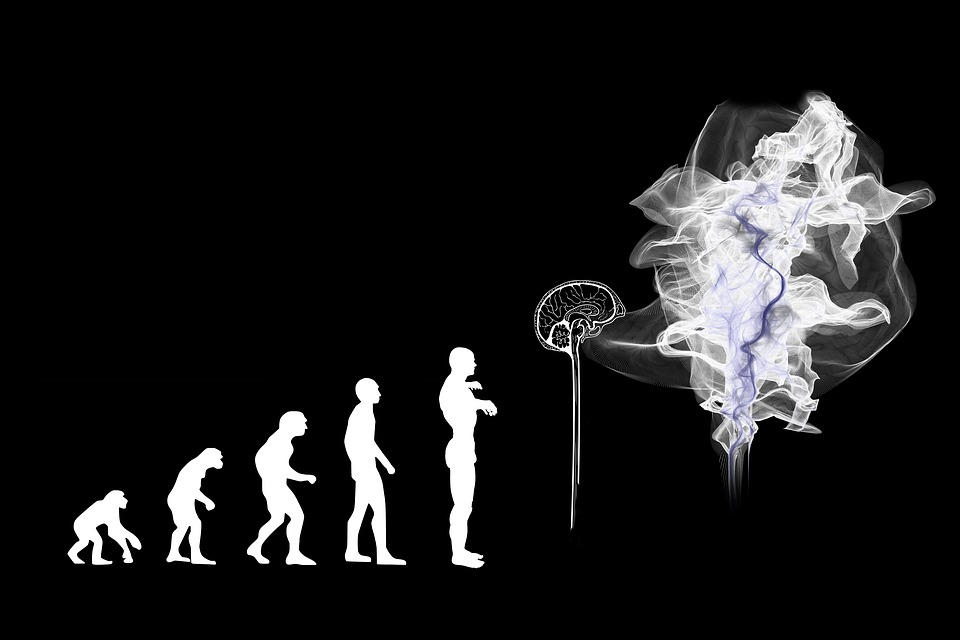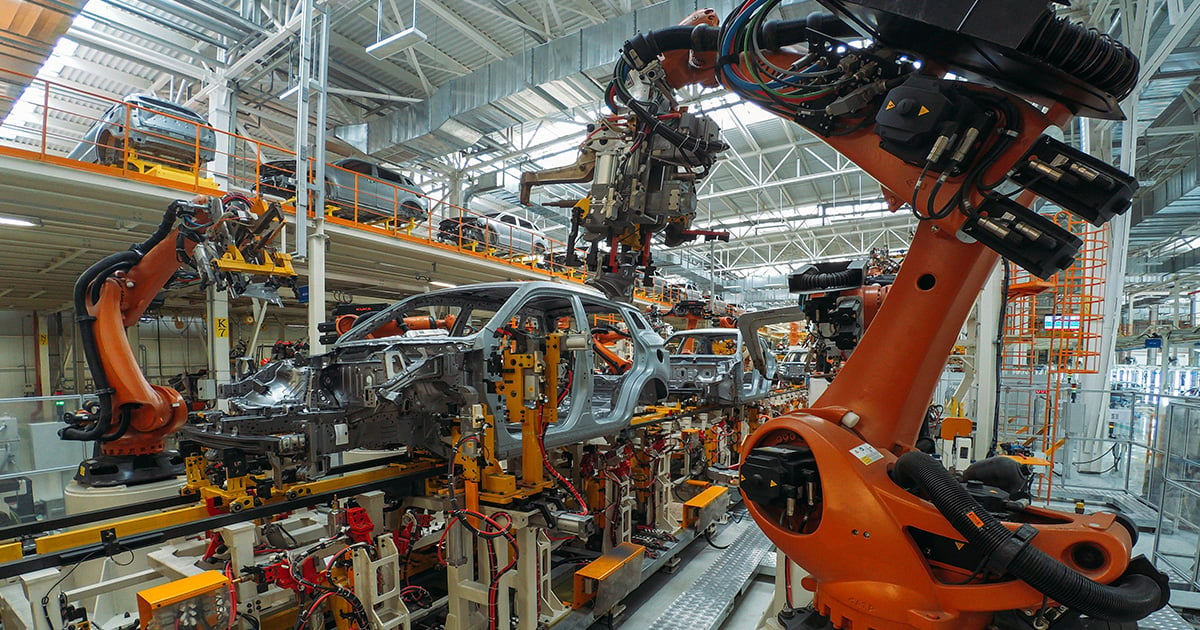Minority Report was a science fiction story written by Philip Dick and adapted for the 2002 blockbuster film starring Tom Cruise. Imagining the world by year 2054, Philip Dick portrayed a government body with an ability to predict crimes before they happened, and the right to arrest individuals based on their potential of committing a “future crime.” When the movie hit theaters, the idea of predicting crimes seemed a preposterous notion, but science often makes the seemingly impossible, reality.
Science Can Predict Future Behavior—Should it?
Feb 3, 2020 6:13:45 PM / by posted in news, Psychology, Science, Human Brain
The Road to Mars: Potholes or Plain Sailing?
Nov 20, 2019 1:20:41 PM / by posted in Mars, Exploration, Space, news
Charles Bolden, a former space shuttle commander and National Aeronautics and Space Administration (NASA) Administrator from 2009 to 2017, dreamed of being the first person on Mars when he checked in for astronaut training in 1980. At the time, NASA thought that a crewed Mars mission was thirty years away. Of course, we know now that prediction was overly optimistic.
The Sixth Sense—Augmented Intelligence
Jul 26, 2019 12:24:13 PM / by posted in technology, news, Psychology
The 1995 movie Johnny Mnemonic, starring Keanu Reeves, tells a story about a data courier named Johnny who has data implanted in his brain through a port in his head that allows computer devices to directly interface with his mind. At the time it was released, it was a fantastical idea. Scientists were nowhere near linking the brain to a computer interface to receive or transmit data to the brain. But the idea is no longer just a sci-fi dream. The recent disclosure of Elon Musk’s $100 million-dollar investment and founding of the company Neuralink set the internet on fire the last few weeks.
10 Principles of Lean Manufacturing
Apr 1, 2019 1:02:39 PM / by posted in Manufacturing, lean, news
The origin of lean manufacturing can be traced back to Henry Ford’s assembly line. If there’s one thing Ford did impeccably, it was cutting waste. Yet, it wasn’t until the mid-1940s when Toyota Corporation picked up on the idea of minimal waste and perfected the process. Toyota’s lead engineer, Taaichi Ohno, designed an operating system solely focused on reducing errors, ordering parts and supplies, shrinking inventory, and above all, eliminating waste – all with the aim of reducing warehousing costs.




